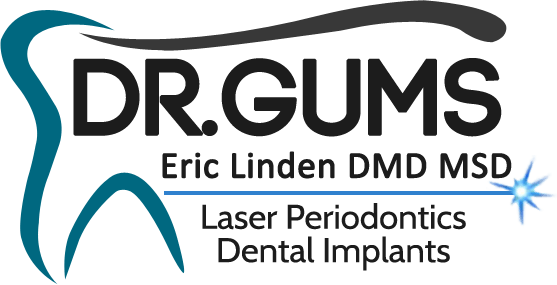CHICAGO – August 1, 2006 – The list of excuses for not brushing or flossing is endless, but according to a study published in the Journal of Periodontology, these are two tasks that should not be omitted from the daily hygiene routine. Study Abstract *
Researchers found that tongue and tooth brushing in combination with dental flossing significantly decreased gingival bleeding by 38 percent after a two-week oral hygiene program. Halitosis, or bad breath, was also reduced. In the group that did not floss as part of their daily routine, gingival bleeding sites increased by almost four percent.
“Gingival bleeding and halitosis is often the first sign of poor oral hygiene that may eventually lead to further periodontal problems,” said Walter A. Bretz, DDS, PhD, Department of Cariology and Comprehensive Care, New York University College of Dentistry and the mentor of the study. “A good way to prevent periodontal disease and tooth decay is through at-home oral hygiene care and routine dental visits.”
“Bad breath and bleeding gums can also occur in people who routinely brush their teeth and gums,” said Kenneth A. Krebs, DMD and AAP president. “Bleeding gums can be a sign of periodontal disease, and bad breath may be from certain bacteria that have built up in the mouth. People with bleeding gums or bad breath should ask their dentist or periodontist about their periodontal health.”
Background Information
Fifty-one sets of twins between the ages of 12 and 21 years of age were examined for gingival bleeding and halitosis. Each set of twins was then divided into two groups. One group of twins manually brushed their teeth and tongue twice a day for two weeks. The second group of twins was given the same instructions in addition to using dental floss twice a day. After two weeks, the twins were examined again for gingival bleeding and halitosis.
Twins were examined in this study because each individual set shares the same environmental factors such as dietary habits, health and life practices, thereby constituting a perfect case-control matched study.
A referral to a periodontist in your area and free brochure samples including one titled How to Brush and Floss are available by calling 800-FLOSS-EM or visiting the AAP’s Web site at www.perio.org.
About the AAP
The American Academy of Periodontology (AAP) is the professional organization for

